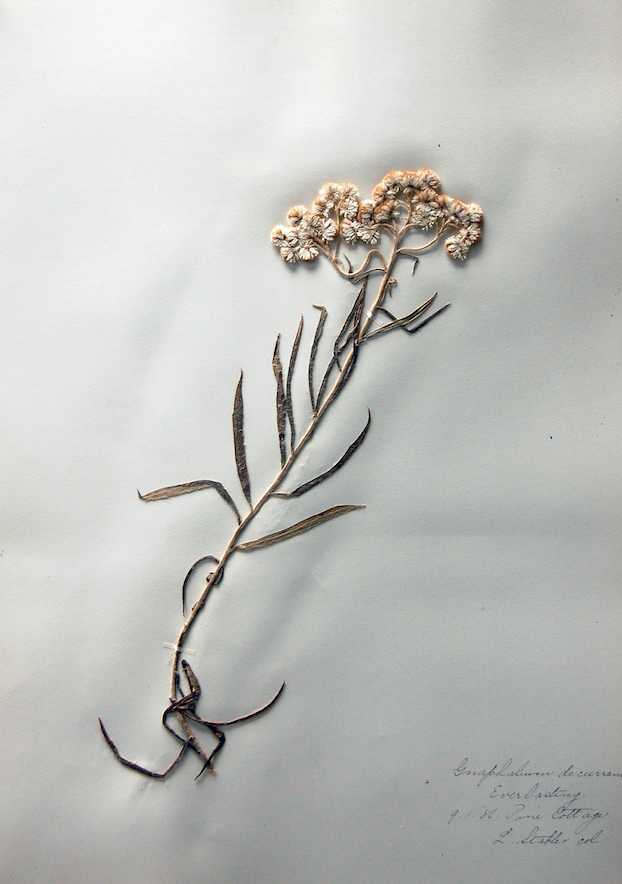
Greenwich, CT - On December 1, a new exhibition opens at the Bruce Museum in Greenwich, CT, that will introduce visitors to the hobby and profession of plant collecting around the turn of the nineteenth century. Presented in the Bantle Lecture Gallery, Pressed for Time: Botanical Collecting as Genteel Pastime or Scientific Pursuit? will be on view through March 3, 2019.
Starting in the 1820s, botanical collecting became a hugely popular outdoor activity for both amateurs and professionals. Plant collecting was an acceptable activity for women, children, and gentlemen alike. For decades, amateurs and academics respected each other as colleagues, publishing articles in the same journals, exchanging specimens, and considered one another peers.
But by 1900, a divide developed between the two camps that fractured the former collaborative spirit. As botanists moved toward academic and scholarly work, local clubs of amateur enthusiasts carried on the tradition of collecting and pressing plants as a hobby.
Highlighting amateur collectors in Connecticut from 1885 – 1944, this exhibition presents beautiful and fragile historical herbarium specimens. These pressed and dried plants were carefully mounted on paper sheets for both study and pleasure. The process preserved valuable biological information, making these artful arrangements useful for decades after collection.
Examples of specimens from seven different collectors help to illustrate the diverse personalities who collected and preserved the local flora. Some collected for purely scientific reasons; others to enjoy like-minded company and relaxing walks in nature.
“What we hope visitors will learn from this exhibition is that the era during which these botanical specimens were collected was a moment in time that can never be recreated,” says Timothy Walsh, Collections Manager and the Curator of the exhibition. “Leisure time abounded, distractions were fewer, and people had a closer relationship with the natural world. Fortunately, we have these marvelous records from days past to learn from and to enjoy.”
Pressed for Time draws primarily from the museum’s own collections, but also includes specimens generously on loan from the Wilton Garden Club and Greenwich Historical Society. The Bruce Museum is grateful for support of this exhibition from The Charles M. and Deborah G. Royce Exhibition Fund and the Connecticut Office of the Arts.